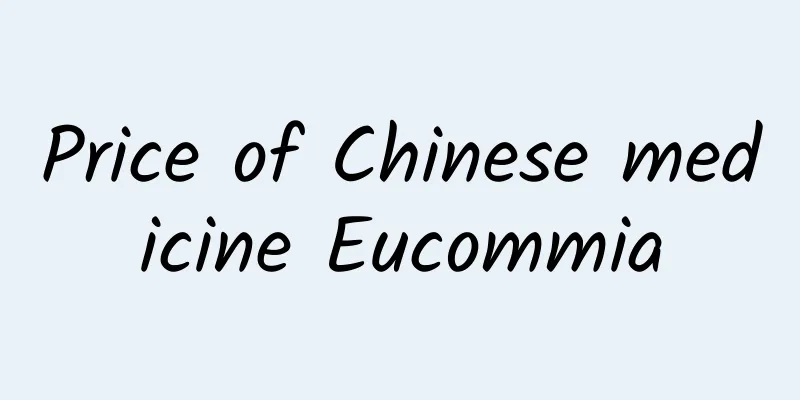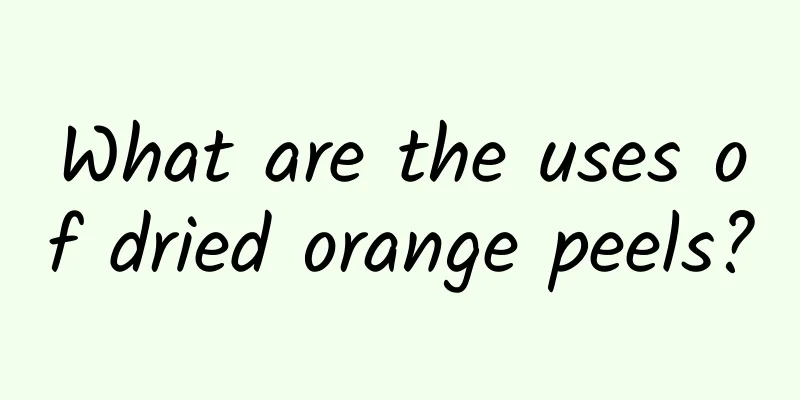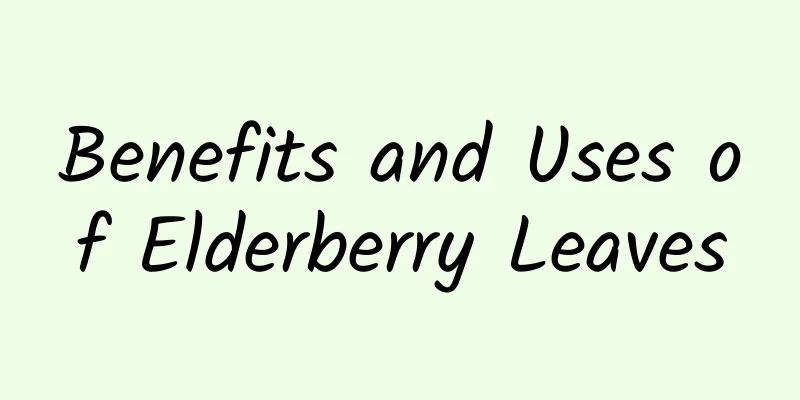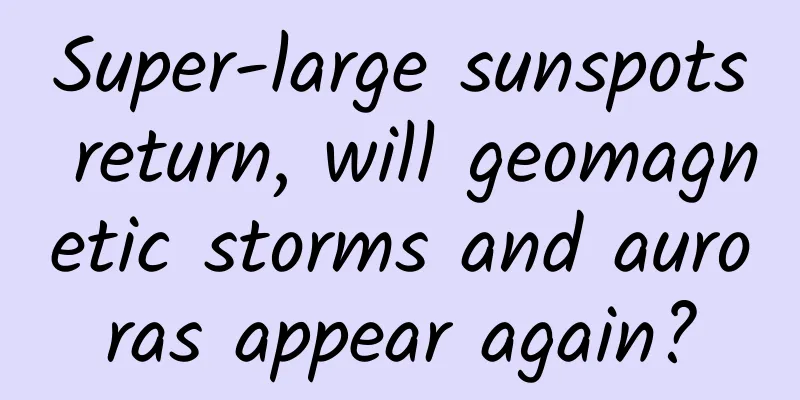Unbridled or restrained? Will you choose dopamine or endorphins?

|
This is the 4378th article of Da Yi Xiao Hu People are often faced with the dilemma of making a choice: should they choose to enjoy life wantonly or to exercise restraint? This choice is determined by chemicals in the human brain, such as dopamine, a neurotransmitter associated with reward and motivation, and endorphins, an endogenous opioid associated with emotion and pain. The interaction of dopamine and endorphins is an important part of the brain's mechanism for regulating behavior and emotion. Understanding their role can help us better understand our own and others' behavior and decision-making. Dopamine is a neurotransmitter in the brain that is primarily associated with reward and motivation. When we do things that give us pleasure, such as eating good food, chatting, exercising, listening to music, etc., dopamine levels increase. This increase can lead to more interest and motivation in these things, which in turn leads to more active participation in these activities. Under the right circumstances, an increase in dopamine can promote personal growth and development. For example, when learning a new skill, dopamine can enhance the effect of learning, thereby increasing the sense of achievement and motivation. However, too much dopamine can also have some negative effects. When dopamine levels are too high, it can lead to excessive pursuit of rewards and even addiction. For example, some people may become overly addicted to activities such as gambling, online games, and drug use because these activities can stimulate the secretion of dopamine. This behavior can lead to a loss of interest and motivation in other aspects of life and may cause many health and social problems. In contrast, endorphins are endogenous opioids that are primarily associated with emotion and pain. Endorphins can reduce physical and emotional pain, thereby helping people better cope with stress and negative emotions. In addition, endorphins can promote social connections and a sense of belonging. For example, when we share experiences with others, endorphins are secreted and promote emotional connections between us. Although endorphins can have positive effects, too much endorphin can also have some negative effects. For example, in some cases, high levels of endorphins can lead to emotional dependence and addiction. For example, some people may become emotionally dependent on drugs or other activities to stimulate the release of endorphins, which can lead to addictive behavior and have negative effects. How to balance the effects of dopamine and endorphins depends on personal values and goals. For example, if we want to better control our appetite, we can suppress dopamine levels by increasing endorphin levels, thereby reducing the pursuit of food. On the other hand, if we hope to improve our learning results, we can promote motivation and a sense of achievement by increasing dopamine levels. In addition to personal values and goals, social and cultural environments can also influence the effects of dopamine and endorphins. For example, in some cultures, excessive pursuit of material rewards is considered unethical, while cultures that emphasize social connection and personal intrinsic satisfaction place a greater value on the effects of endorphins. In conclusion, dopamine and endorphins are two important chemicals in the brain, and their interaction affects the regulatory mechanism of human behavior and emotions. Understanding their role can help us better understand our own and others' behavior and decision-making, and can also help us better balance our own behavior and emotions. In daily life, we need to choose to be unrestrained or restrained based on our personal values and goals, as well as the influence of social and cultural environment, in order to achieve a healthier and happier life. Author: Zhongshan Hospital Affiliated to Fudan University Gu Wenbing, Shen Jun |
Recommend
Common herbs in the countryside
Cities and rural areas each have their own charac...
Owl blood + wine? In order to treat this disease, humans have been "thinking out of their minds" for thousands of years.
I went through a frustrating inspection some time...
How to treat hypertension with Chinese herbal tea
Many patients with hypertension will blindly take...
DeepMind's latest research: AI beats humans and designs better economic mechanisms
“Many of the problems facing humanity are not sim...
The efficacy and function of Yin Yang Maple
There are many types of Chinese medicine. When we...
Five Nobel Prizes are related to it. Why is vitamin B so important?
Tuchong Creative In recent years, vitamins have b...
Why is immunity the "weapon" to defeat the virus? 4 simple and effective ways to enhance immunity
Speaking of immunity Everyone knows If your immun...
The efficacy and function of Baixiaodan
What effects does Baixiaodan have, and who is sui...
A man who stayed up until 3 a.m. every night was diagnosed with stomach cancer! Staying up late is more terrible than you think
Yesterday, a news story about a man who stayed up...
The efficacy and function of cow blood
In fact, the occurrence of many human diseases is...
What are the effects of Xigan Mingmu San?
With the development of society, people's qua...
The efficacy and function of Zoujiao
Traditional Chinese medicine is the quintessence ...
The efficacy and function of Tripterygium wilfordii
Tripterygium wilfordii is rich in nutritional val...
The efficacy and function of antidiarrhea wood
The traditional Chinese medicine Antidiarrhea Woo...
Effects and side effects of Astragalus wine
As a traditional Chinese medicine, Astragalus can...









